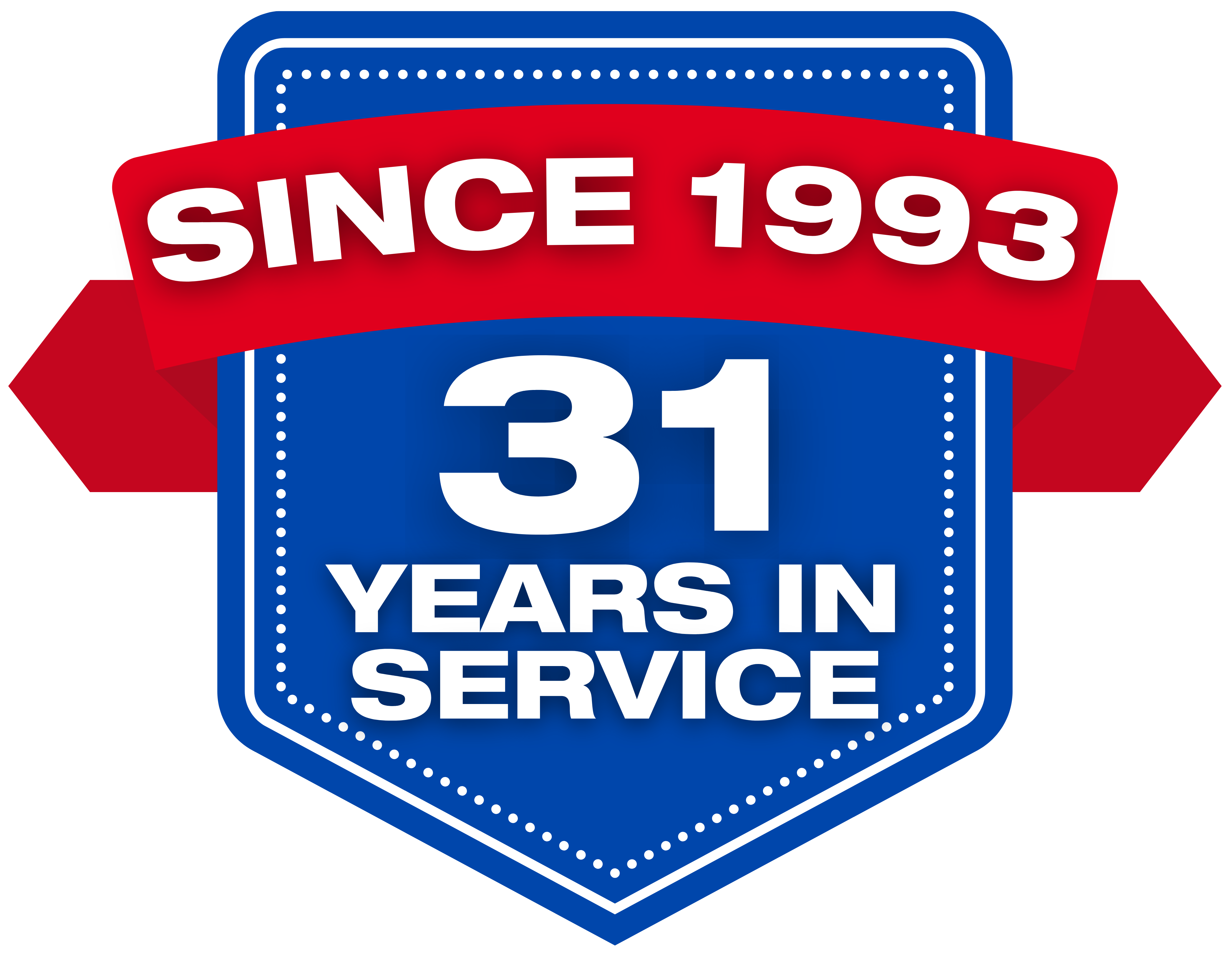Can Black Mold Be Fully Remediated?

Black mold is a common concern for homeowners due to its potential health risks and its ability to thrive in damp environments. Addressing black mold requires a comprehensive understanding of what it is, how it grows, and the steps necessary to remove it effectively. Let’s explore whether black mold can be fully remediated and offer insights into the remediation process.
Understanding Black Mold
Black mold is a type of fungus that grows in areas where moisture levels are high, think bathrooms, basements, and any other place where there has been water damage. It appears black or dark green and can spread on materials like wood, paper, and drywall. The presence of black mold can lead to various health problems, including respiratory issues, allergic reactions, and in severe cases, toxic effects. This makes it all the more important to address black mold promptly and effectively.
Signs of Black Mold
First let’s look at the signs. Early identification of black mold is essential for ensuring an effective and successful mold remediation process. Common signs to look out for include:
Visible Growth: Dark patches on walls, ceilings, or floors.
Musty Odor: A persistent, earthy smell.
Health Symptoms: Increased allergic reactions, coughing, sneezing, and skin rashes among occupants.
Water Damage: Any area that has been exposed to water leaks or flooding.
Can Black Mold Be Fully Remediated?
The short answer is yes, black mold can be fully remediated. However, successful remediation depends on several factors, including the extent of the mold infestation, the underlying moisture problem, and the thoroughness of the remediation process. Enlisting the help of a professional restoration company ensures that these factors are addressed effectively, ensuring effective and thorough mold removal.
Steps for Effective Black Mold Remediation
Assessment and Inspection: A thorough inspection by a certified mold remediation specialist is the first step. This involves identifying the extent of the mold growth and locating the source of moisture.
Containment: To prevent the spread of mold spores, the affected area must be contained. This typically involves sealing off the area with plastic sheeting and using negative air pressure to keep spores from spreading during the cleanup process.
Personal Protective Equipment (PPE): Remediation professionals use PPE such as gloves, masks, and goggles to protect themselves from mold exposure.
Removal of Contaminated Materials: Porous materials like drywall, insulation, and carpet that have been heavily infested must be removed and disposed of properly. Non-porous materials can often be cleaned and disinfected.
Cleaning and Disinfecting: All surfaces in the affected area must be cleaned with specialized cleaning solutions designed to kill mold. HEPA vacuuming is also used to remove mold spores.
Drying: The area must be thoroughly dried to eliminate any remaining moisture. Dehumidifiers and fans are often used to speed up the drying process.
Repair and Restoration: Once the mold is removed and the area is dry, any removed building materials need to be replaced. This step also involves fixing the source of moisture to prevent future mold growth.
Post-Remediation Verification: A follow-up inspection ensures that the mold has been completely removed and that the area is safe for re-occupancy. Air quality tests may also be conducted to verify the absence of mold spores.
Preventing Future Mold Growth
Are you prepared? Effective remediation involves addressing the root cause of the mold growth: moisture. ALL-CLEAN USA offers their PRIME Promise program designed to minimize property downtime, income loss, repair and reconstruction costs in the event of a property loss. Preventative measures include:
Fixing Leaks and Water Damage: Promptly repair any leaks in roofs, windows, or plumbing.
Improving Ventilation: Use exhaust fans in bathrooms and kitchens to reduce humidity levels.
Using Dehumidifiers: In areas prone to dampness, like basements, dehumidifiers can help maintain optimal humidity levels.
Regular Inspections: Regularly check areas prone to moisture for signs of mold growth.
DIY vs. Professional Remediation
While small mold problems can sometimes be handled by homeowners using DIY methods, larger infestations or those involving black mold should be addressed by professionals. Certified mold remediation specialists have the expertise, equipment, and safety protocols to effectively remove mold and prevent it from returning.
The Importance of Professional Help
Professional mold remediation companies offer several advantages:
Thorough Assessment: Professionals can accurately assess the extent of mold damage and identify hidden mold growth.
Proper Equipment: Specialized equipment, such as HEPA vacuums and air scrubbers, ensures thorough cleaning.
Safety: Professionals follow strict safety protocols to protect themselves and prevent mold spores from spreading.
Guaranteed Results: Many remediation companies offer warranties or guarantees, providing peace of mind that the mold problem has been resolved.
If you suspect black mold in your home, it's crucial to act quickly to address the issue and ensure a safe, healthy living environment. Black mold can be fully remediated with the right approach, which involves addressing the underlying moisture problem, thoroughly cleaning and drying the affected area, and taking preventative measures. While minor mold issues can sometimes be handled by homeowners, significant infestations require professional expertise.
Dealing with mold issues?
All-Clean USA is here to help. Our team of mold remediation experts will assess the problem, effectively remove the mold, and implement measures to prevent future growth. Contact us today to start creating a cleaner, safer environment for your property.


